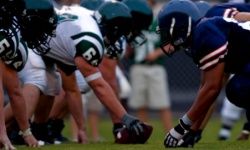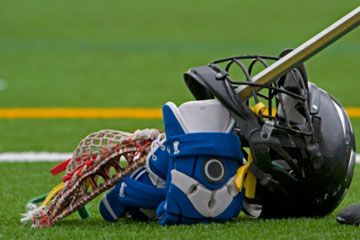The weekly battle on the gridiron doesn't take place just in youth, high school, college and pro football leagues. Thousands of adults play football in hundreds of semi-pro leagues around North America. Unlike pro football, which covers the entire United States, semi-pro leagues are generally regional in nature and may play by different rule sets, but they still have rivalries and championships that are just as important to these players as the Super Bowl.
The semi-pro leagues consist of athletes, both men and women, who play solely for the love of the game. The moniker "semi-pro" may sound impressive, but the reality is that this term really stands for "amateur." Teams are made up of a wide range of athletes, from former high school stars who didn't go to college, to ex-pro players and college players, to couch potatoes. Not only do they not get paid, but also many players must pay dues to participate.
Advertisement
Still, that's not much sacrifice to the men and women who suit up to play their favorite sport. If you want to join their ranks, you should know a few things before you try out. Click through our 10 tips to help you get ready for a successful semi-pro football career.





